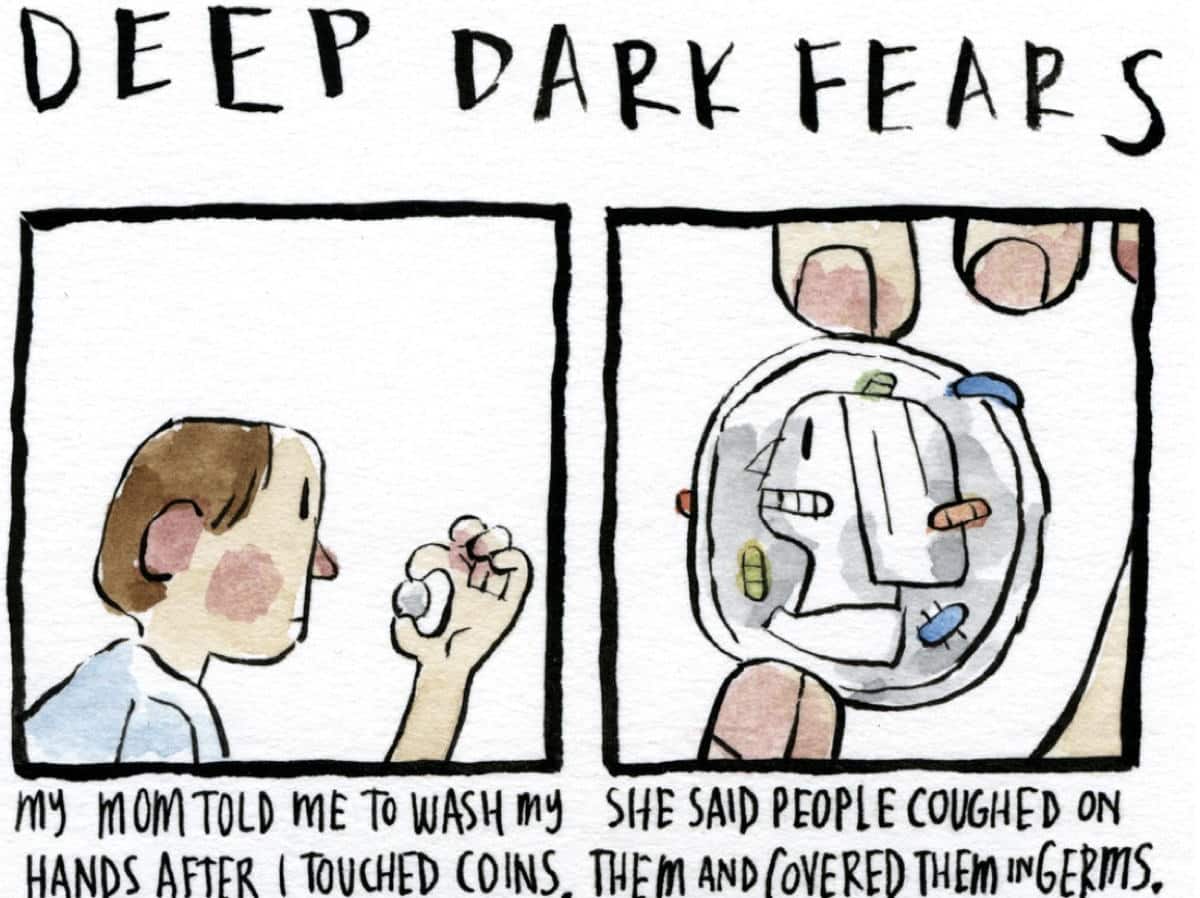Some of the additives used to make flexible rubber plumbing parts could be leaking into our drinking water, a new study suggests. Small amounts of these additives were found during the testing of real-world drinking water samples, with additional tests showing that commercial rubber O-rings can release some of these additives when exposed to water and disinfectants.
The research is published in the journal Environmental Science & Technology Letters.
Rubber as a source of pollution
To enhance the physical properties of rubber for commercial products, manufacturers routinely mix in additives. While these additives are good for the rubber, research has shown that some of these compounds – such as 1,3-diphenylguanidine (DPG) and N-(1,3-dimethylbutyl)-N’-phenyl-1,4-benzenediamine (6PPD) – can leech into the environment and cause harm over time.
For example, as tires wear on the roads, small pills of rubber can be shed that eventually enter the waterways. This is a concern as previous research has shown that these kinds of polymer additives can present a danger to aquatic life.
More recently, the same chemicals have been detected in urban drinking water, though it was unclear how they might have got there. Now, researchers believe that the source of the chemicals could be the rubberized seals and stoppers used in plumbing equipment.
Rubber additives found in real-world drinking water samples
In this latest study, researchers from Nanyang Technological University, Singapore, collected tap water samples from 20 local buildings and screened them for the presence of DPG, 6PPD and any related by-products.
They found parts-per-trillion levels of DPG in all 20 samples, with 6PPD and 3 chlorinated DPG byproducts also being spotted at similar levels in select samples.
Samples taken from faucets with aerators contained the highest total amounts of these compounds, leading the researchers to theorize that the rubber O-rings and gaskets inside of faucet aerators and connection seals might be the source of the chemical contamination.
To explore this further, the researchers collected rubber O-rings and gaskets from seven commercial devices and had them sit in water both with and without chlorinated disinfectant for up to two weeks. They found that most of the seals – except for those that were silicone-based – did release some amounts of DPG and 6PPD additives when soaked in water.
Want more breaking news?
Subscribe to Technology Networks’ daily newsletter, delivering breaking science news straight to your inbox every day.
Chlorinated forms of DPG at levels consistent with those found in the earlier drinking water samples were also observed in the disinfectant-treated water exposed to the rubber parts.
“Many types of rubber include various chemical additives as accelerators in the production process,” said senior author Shane Allen Snyder, a professor of civil and environmental engineering at Nanyang Technological University, speaking to Technology Networks. “What we have discovered is that when certain additives, particularly DPG, are exposed to chlorine in water, chlorinated byproducts can and do form rapidly.”
“Our initial work focused on the release of DPG from car tires or what we collectively call tire wear particles (TWPs), which can be found in urban environments, including air, soil and water, where DPG is subsequently leached,” Snyder explains. “We were quite surprised – and we believe this is the first report that demonstrates it – that DPG is also a component in various seals, gaskets and other fixtures used in household plumbing, such that when chlorinated water passes across these ‘rubber’ surfaces, the same chlorinated byproducts associated with leaching from car tires into water also are formed.”
Byproducts could be a health concern
While past research has focused on the dangers that rubber additives present when they are released during tire wear, this latest study suggests that household devices such as faucet aerators might also be a major contributor to this type of pollution.
The study authors note that these rubber additives are not currently regulated, though they may be of concern. One of the byproducts detected had previously been reported to be potentially genotoxic, which raises public health concerns.
“The exposure to these chlorinated byproducts may be a concern for public health. Our previous work demonstrated that, in human cells, the chlorinated byproducts from DPG are significantly genotoxic and induce gene expression patterns that can be linked to carcinogenic pathways,” Snyder said. “We have performed additional toxicological tests that again suggest that these substances can induce damage to human DNA.”
Based on their findings, the researchers hope that action can be taken to curb any risk presented by these additives. For example, cities that utilize urban run-off in their drinking water supply should be careful to monitor for the presence of these compounds originating from tire wear and rubberized plumbing components.
“We understand that some tire manufacturers are aware of the risks of DPG and are considering alternative chemistries that hopefully do not result in the formation of toxic byproducts when exposed to chlorinated water,” Snyder adds.
“We believe that more research is needed to better understand the widespread nature of rubber materials within devices used in household plumbing and share this information with various organizations that offer certifications for products in contact with drinking water (i.e., the National Sanitation Foundation in the USA),” Snyder continues. “This work demonstrates that even in highly purified centralized water systems, risks to consumers may not be fully considered since household plumbing is not often evaluated as a source of organic contaminants.”
Reference: Snyder SA, Marques Dos Santos M. Occurrence of polymer additives 1,3-Diphenylguanidine (DPG), N-(1,3-Dimethylbutyl)-N′-phenyl-1,4-benzenediamine (6PPD), and chlorinated byproducts in drinking water: Contribution from plumbing polymer materials. Environ Sci Technol Lett. 2023. doi: 10.1021/acs.estlett.3c00446
Shane Allen Snyder was speaking to Alexander Beadle, Science Writer for Technology Networks.









